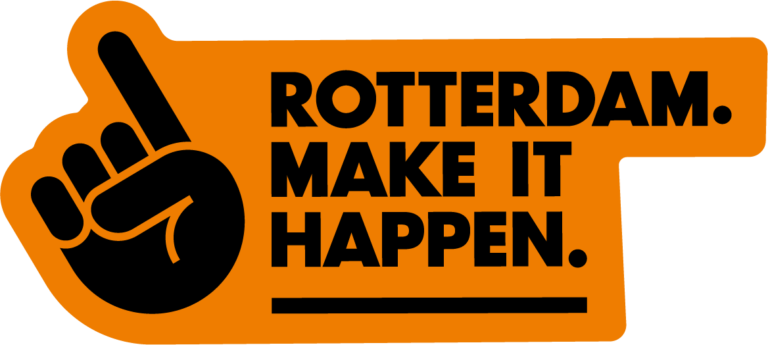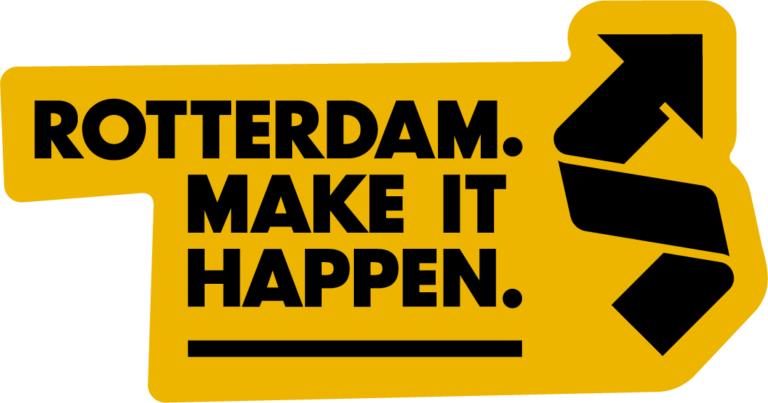Last week, Placemaking Week Europe brought more than 600 participants to Reggio Emilia and turned the city itself into a living laboratory. Instead of gathering in meeting rooms, participants spread out across five neighbourhoods to explore five big questions: how can streets, squares, and public buildings become more liveable, inclusive and resilient?
The answer came through the Local Challenges, a participatory format that connected residents, associations, schools, businesses and municipal staff with placemakers from across Europe and beyond. Together, they co-created solutions rooted in everyday life while opening long-term horizons for transformation.
A participatory approach to urban change
Unlike a traditional conference, Placemaking Week Europe embeds itself in the host city. In Reggio Emilia, each challenge began with a site visit and conversations with local voices. From there, mixed teams of locals and internationals tested ideas in collaborative workshops, from quick tactical actions to governance models capable of lasting change.
The method was simple but powerful: start with people → activities → infrastructure. By listening first and acting collectively, transformation becomes not only more effective but also more widely owned by the community.
Five challenges, five neighbourhoods

Reimagining the station neighbourhood
How to reconnect the fragmented area around Reggio Emilia’s central station? Ideas focused on migrant inclusion, social value capture and creating semi-public spaces to knit together the urban fabric.

Unlocking the Ex-Gasometro
An underused parking structure became the canvas for a civic hub. Proposals included a “green second skin” facade, rooftop cultural programming and a hybrid governance model driven by a new Friends of the Gasometro association.

Enhancing cultures in Via Roma
In this diverse corridor with a difficult reputation, shopowners and residents explored new forms of cohesion: storytelling projects, a shop land trust and even the proposal of a municipal intercultural department.

Nature-based and climate-proof Piazza della Vittoria
A fully paved, overheated square inspired quick wins like temporary shading and modular furniture, alongside longer-term visions such as interactive fountains, green tunnels and collaborative governance by theatres, museums and schools.

Bridging proximities via Via Premuda
Next to Lepido School, participants tested tactical “school street” closures, safe cycling lanes and community programming. The long-term dream is a permanent green corridor built around children’s autonomy.
Key insights for cities everywhere
Across the five challenges, common lessons emerged that resonate far beyond Reggio Emilia:
- Quick wins matter. Small interventions can rapidly shift perception and build momentum.
- Community ownership is essential. Governance works when residents and shopowners are central.
- Think in phases. Transformation works best when it starts cheap and temporary, then evolves into permanent infrastructure.
- Children and vulnerable groups first. Designing for them ensures inclusive and future-proof places.
- Public–civic partnerships. Lasting impact comes from coalitions of municipalities, associations, schools and residents.
A model for Europe
Placemaking Week Europe 2025 showed once again that placemaking is more than a design method. It is a governance model. Reggio Emilia’s Local Challenges generated immediate actions, roadmaps for the next year and visions for the coming decade.
As one participant put it: “Placemaking is not about designing spaces, but about building trust, ownership and imagination in the city.”








